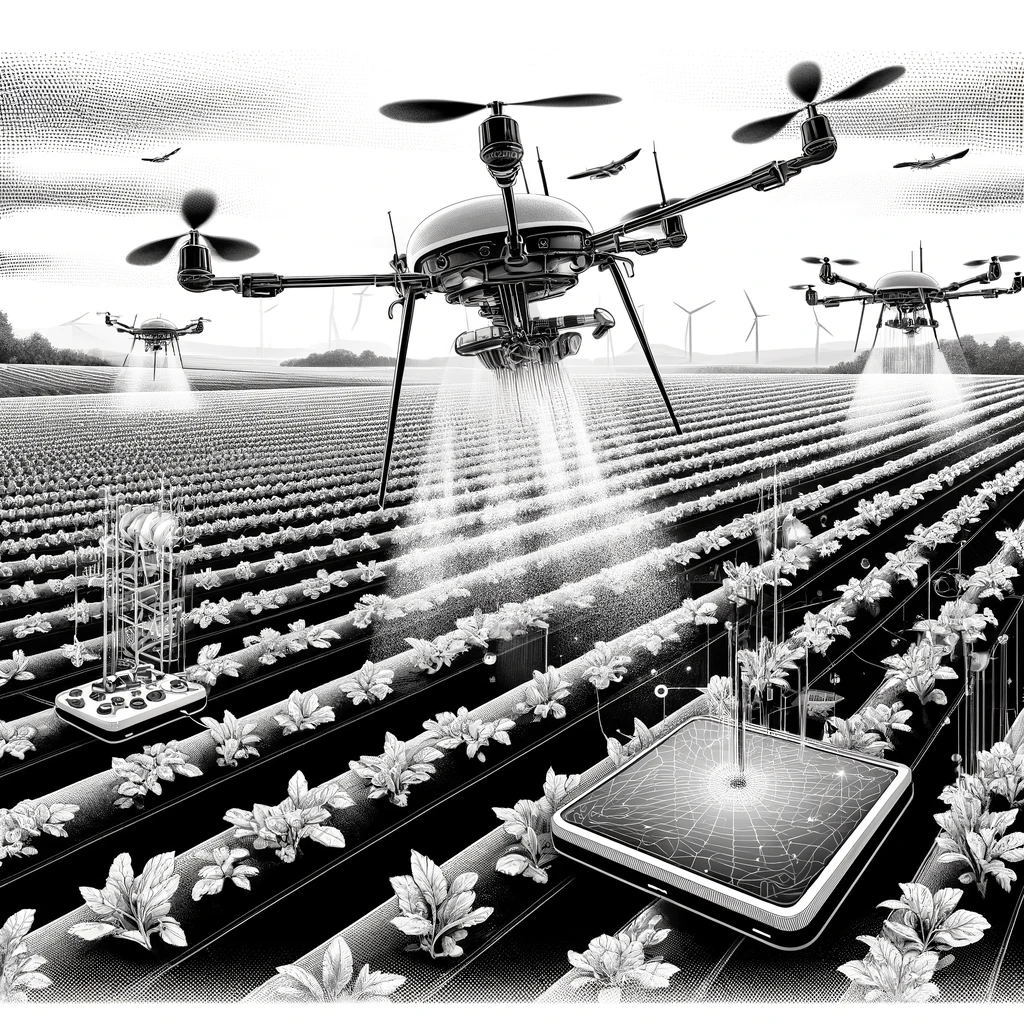The application of Artificial Intelligence (AI) and machine learning in pest and weed control represents a transformative step in modern agriculture. Leveraging these technologies helps to reduce the reliance on chemical pesticides, enhances the efficiency of interventions, and contributes to sustainable agricultural practices. This article delves into the technical specifics and the latest research findings in this dynamic field.
AI-driven Identification and Management
A significant advancement in pest and weed control is the development of AI systems capable of identifying and differentiating between harmful pests and weeds and beneficial organisms. One notable study by Phillips and Jordan explored the application of AI in conjunction with Thermal Infrared Imaging (TTI) and Dicamba herbicide application technologies to control Palmer amaranth and annual grasses. The study demonstrated how AI algorithms could optimize application strategies, ensuring effective control while minimizing herbicide use1.
Key Technologies Involved
Image Recognition and Machine Learning
AI systems use cameras and sensors to capture images of the fields, which are then processed using machine learning algorithms to identify specific pest and weed species based on visual patterns. This technology allows for targeted interventions, reducing the overall volume of chemicals used.
Drones and Autonomous Vehicles
Drones equipped with imaging sensors can cover large areas quickly, providing real-time data to farmers. These drones can be programmed to apply treatments to specific areas, ensuring precise application and reducing waste.
Data Analytics
AI systems analyze historical data and real-time input from field sensors to predict pest and weed growth patterns. This predictive capability enables preemptive actions, potentially stopping pests and weeds before they become a significant problem.
Benefits of AI in Pest and Weed Control
The integration of AI technologies in pest and weed management offers several benefits:
Precision and Efficiency
AI enables more precise targeting of treatments, which improves the efficiency of pest and weed control measures and reduces labor and material costs.
Environmental Impact
Reduced reliance on chemical treatments lowers the ecological footprint of farming operations, contributing to more sustainable agricultural practices.
Adaptability
AI systems can quickly adapt to changing conditions and new pest and weed threats, making them highly effective under a variety of environmental conditions.
Challenges and Future Directions
Despite these advancements, the application of AI in pest and weed control faces several challenges:
High Initial Costs
The initial setup for AI-based systems, including sensors, drones, and software, can be costly, though these are expected to decrease as technology advances.
Complexity in Integration
Integrating new technologies with existing farm infrastructure requires technical expertise, which may not be readily available in all farming communities.
Regulatory and Ethical Issues
The use of drones and AI in agriculture involves navigating complex regulatory environments, particularly concerning data privacy and aerial surveillance.
Conclusion
As research continues to evolve, AI and machine learning are set to revolutionize pest and weed management in agriculture further. These technologies not only promise increased efficiency and reduced environmental impact but also pave the way for new agricultural innovation fronts.
References
M Phillips and D Jordan, “Control of Palmer amaranth and annual grasses,” Corpus Publishers.

